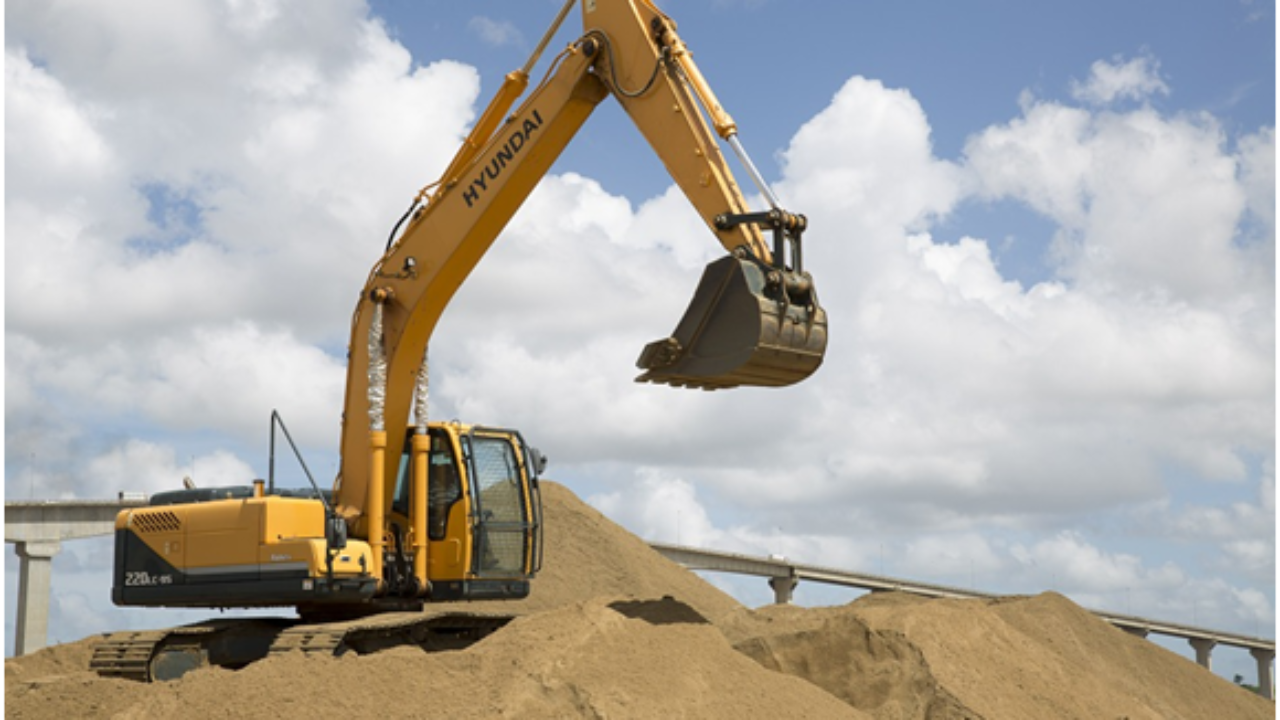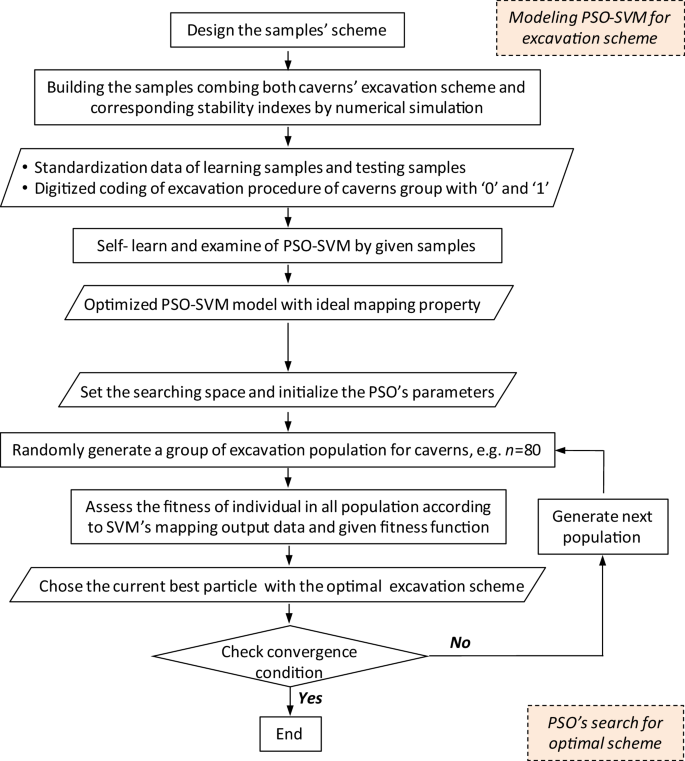The Single Strategy To Use For Excavator
Wiki Article
Indicators on Trencher You Need To Know
Table of ContentsUnknown Facts About Excavating ContractorsMore About Mini ExcavatorExamine This Report on TrencherGetting The Excavating Contractors To WorkExcavator Can Be Fun For Everyone


Scrapers or Pans excavate soil in one place, haul and unload the dirt in another spot (excavator). It is challenging to match the effectiveness of scrapes for cut/fill dirt procedure if the haul range is less then a mile. Scrapers are typically pulled by a rubber tire wheel tractor and are in some cases pushed with the cut area by a bulldozer.
There are lot of times that scrapers are not utilized for site grading and a dump vehicle is utilized: the haul might be to long, the haul might go across roadways where scrapes are not permitted, acid rock may be run into, tools schedule, and so on. Dump vehicles remain in typical use and probably need little conversation.
"Rock body" beds, on the other hand, have no tailgates and also can discard any type of size rock, although their quantity capacity is diminished. Compaction Tools enhances the density of the soil and also in some situations provides a smooth, rolled surface area.
Excavation Companies - Truths
From a straightforward examination pit to percussion exploration to core boring the proprietor has increasingly extra pricey alternatives that produce progressively much better data about the site underground. The Owner on a 100,000 SF building task might license twenty uninteresting locations with split spoon dirt samples taken until rock is gotten to and after that core examples of rock.Understanding the type and high quality of rock (from the core examples) and also place of rock (from the soils boring) is an actual benefit in jobsite planning. Conversely, the Proprietor of a 100,000 SF structure may decide to continue with no geotechnical testing whatsoever. The choice regarding geotechnical testing is generally made by a Proprietor without input from the Building and construction Supervisor.
An understanding of the approximate area of the rock assists the Building and construction Supervisor to prepare the series of steps adhering to rock excavation. If rock is in one corner of a big structure project, for instance, the earth excavation might start at the opposite end of the building in order to begin structure work soonest.
Beginning the structure work early would be a great suggestion if the rock could be eliminated by tearing. If the rock is exceptionally difficult and also needs substantial blasting, it may be sensible to hold structure job till the blasting is completed. The Building and construction Manager ought to collaborate these kinds of choices and use all the technical date readily available.
Everything about Trencher
Unclassified excavation specifies that all rock or other unexpected materials (excluding harmful products) come across in the sitework will be the obligation of the Professional at no modification in contract cost. An unidentified excavation is simpler from a book-keeping viewpoint and puts the duty for geotechnical conditions onto the Sitework Specialist.Just How Water Affects Sitework? It's amazing what a heavy rain can do to a building and construction project. Prior to the rainfall, the site might be completely dry, hefty equipment effectively relocating planet, the other trades smoothly doing their job. Within hrs the project can be a sloppy, mud-hole with employee effectiveness reduced to concerning 10%.
In most areas of the world, the Building Manager need to bear in mind a simple fact: IT WILL RAIN. Good planning can lessen the damages as well as interruption of a heavy rain to a jobsite. Frequently the excavation and earthmovers grading is left to the Sitework Professional (as well as their Foremen is responsible to supervise and route the hefty devices as well as operators).
For That Reason the Construction Supervisor must be continually familiar with what rainfall will do to the project site. It is not uncommon for the Sitework Foreman to work their heavy tools for maximum efficiency and also wish it doesn't rainfall. Among the very best ways to plan for rainfall is to slope all qualities to drain and to smooth rolled the surface area prior to a rain.
10 Simple Techniques For Concrete Contractors
The Building Supervisor need to be discerning adequate to guarantee that heavy rain does not quit working on the job longer than required. Daily discussions with Sitework Foremen may be required to achieve this objective. At any time excavation is needed listed below the existing groundwater level on a task, the procedure of dewatering need to be thought about.In a genuinely natural soil, the water travels so slowly via the clay or silt that dewatering is not generally needed for the fairly short time of excavation. Dewatering might be required for a single ground excavation or for an entire project website. One of the most typical dewatering methods are trench drains pipes, deep wells as well as well points.

Ground water infiltration can likewise be decreased by cutoff approaches such as sheet piling. The prices for dewatering can be astonishing, consisting of equipment service, labor as well as electricity (or gas). High dewatering costs have actually paled the revenue margins on much a lot of projects. The lots of variables noted below make the work of estimating dewatering prices very hard, and extremely inexact.
This choice needs to always be taken into consideration when analyzing the prospect of dewatering. Undoubtedly the alternative is only feasible if gravity can run the water to reduced ground. Trench drains pipes can be click here to read cut with a backhoe as well as full of a crude, granular material (# 4 stone for instance), yet treatment must be exercised in selecting the water outlet type and place.
6 Simple Techniques For Excavator
A siphon, by interpretation, utilizes climatic pressure to lug water from one elevation, up over a barrier, to a lower altitude. The pipes in a siphon system need to be airtight and also some ingenuity is usually needed to completely fill up the siphon pipeline. The siphon pipeline must be complete for the siphon to start.A deep well contains a pump, tube as well as an upright well casing. The pump intake is at the bottom of the well covering (typically some smashed stone is put down there as a filter tool) (excavator). The water is pumped up the tube, out of the well case, as well as to an ideal discharge location.
In a rugged sand, for instance, a huge area can be pumped to near the pump intake altitude. A much less absorptive dirt, on the other hand, minimizes the performance of a deep well. Because the pump is normally at the base of the deep well, there are no height limitations because of vacuum lift, as well as deep wells can decrease the groundwater over 50 feet.
On the base of the wellpoint there is a 2 foot long display and also shutoff, water jets out of this valve and creates a hole right into which the wellpoint go to this web-site pipeline can be lowered. This opening is usually made a bigger size (as an example 10 inches) to enable a crude sand backfill to aid filter the water (trencher).
Report this wiki page